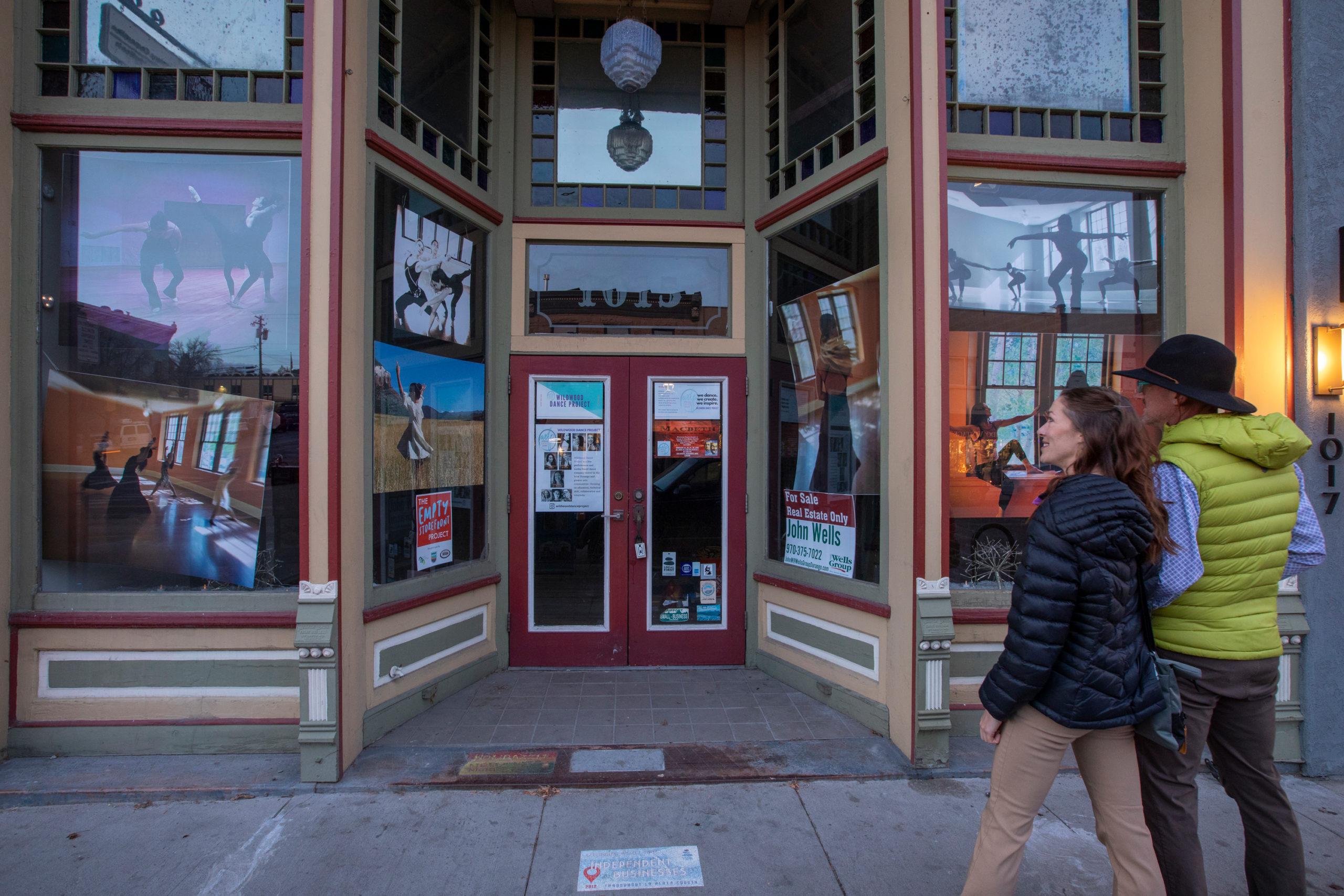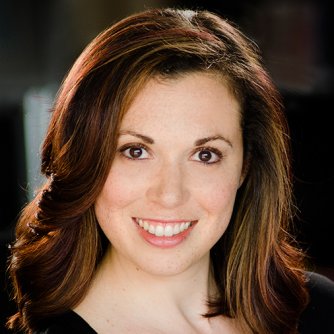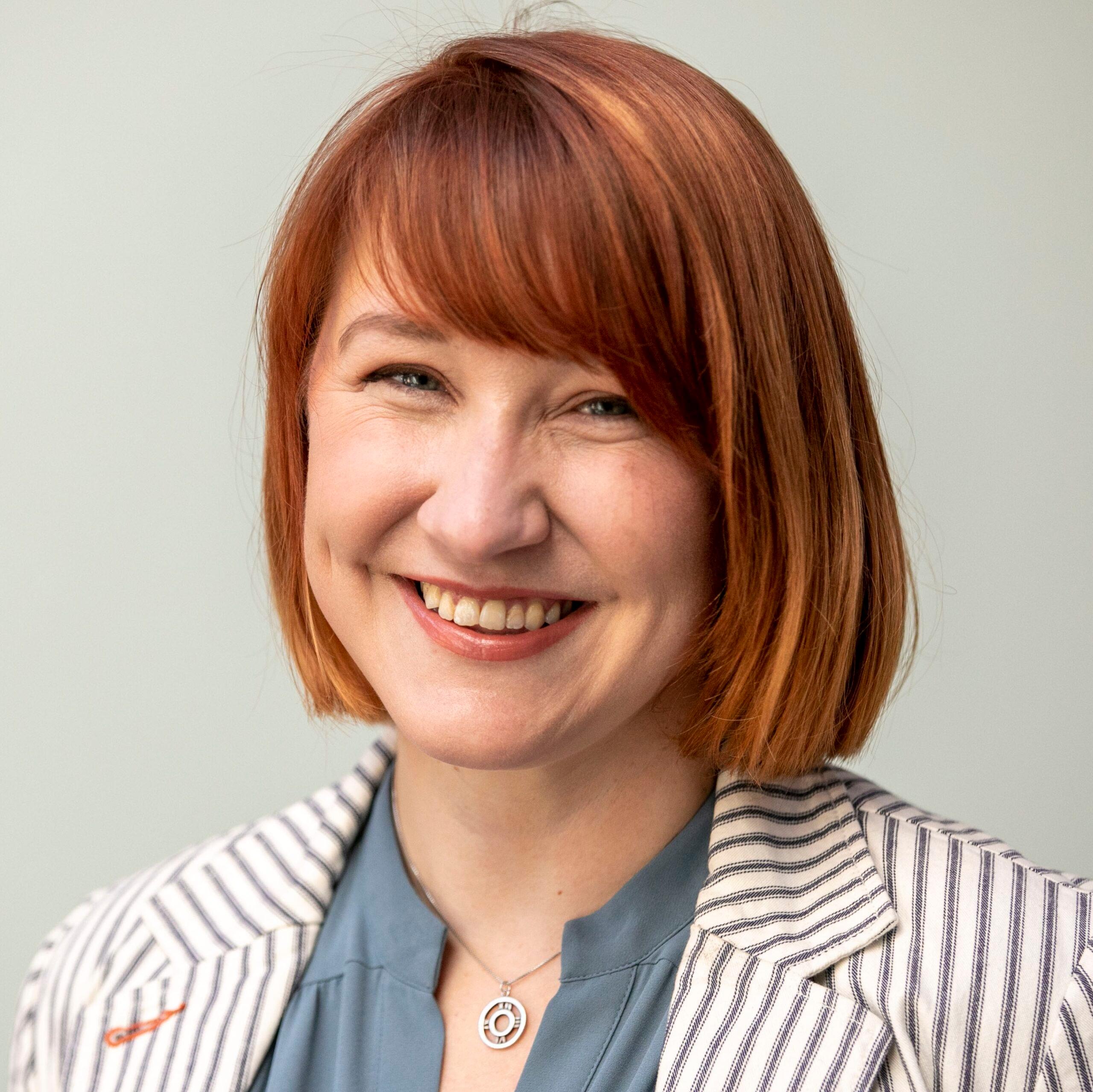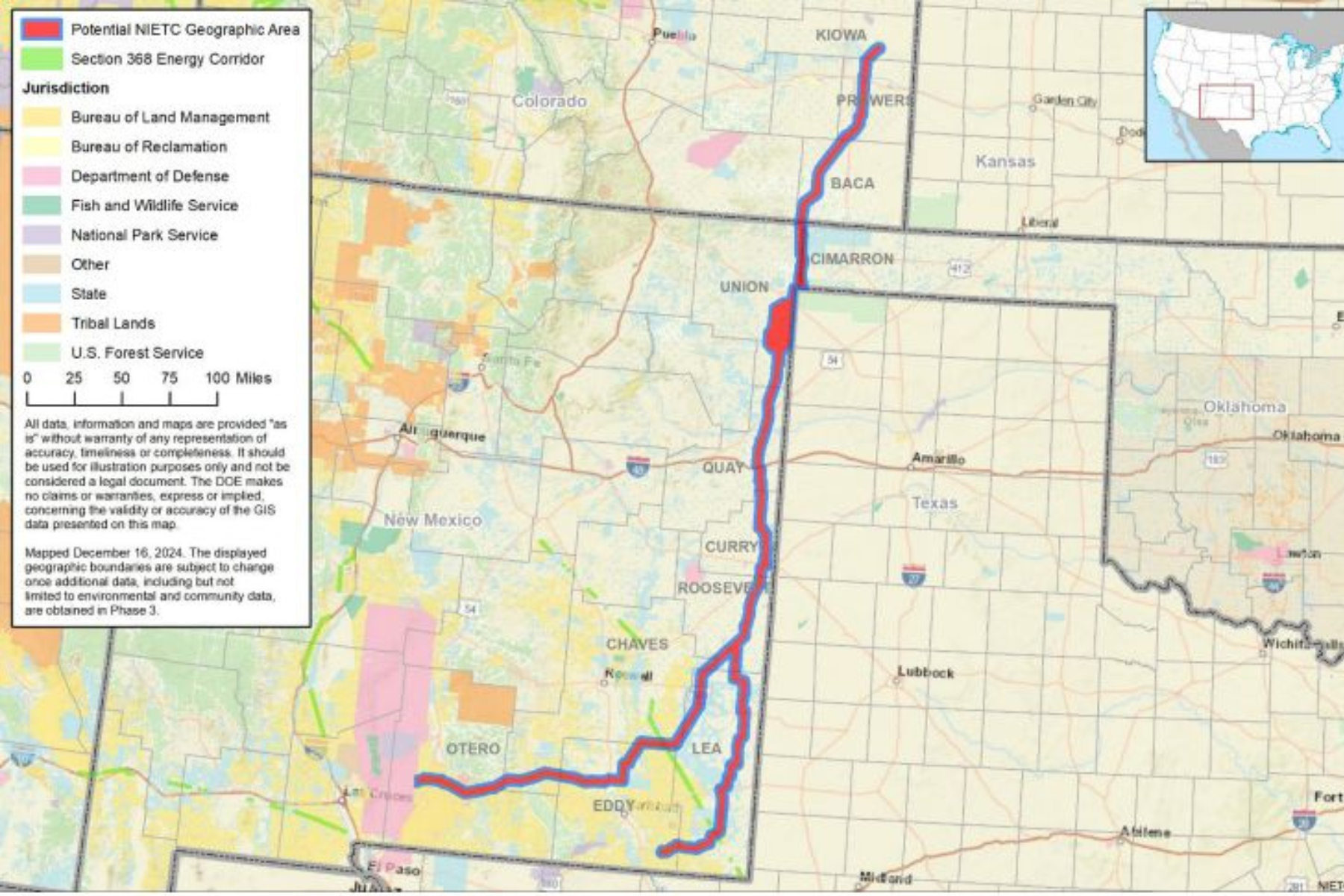
Three cities hope to get an economic boost from their arts and culture scenes after receiving Creative District designations from the state.
Sterling, Durango and Loveland join 23 other communities across Colorado with Certified Creative Districts, the state’s cultural agency, Colorado Creative Industries, announced Tuesday.
Other towns and cities with these cultural districts include Greeley, Salida and, more recently, downtown Grand Junction and Grand Lake.
“All three really put a lot of effort into building community engagement and support for their efforts,” CCI director Margaret Hunt said. “They also demonstrated great local government support for their efforts … and they all were very clear about their authentic and unique story. It’s important to us that communities aren’t trying to be something that they’re not, that they’re really going deep into their history and roots.”
President of the Logan County Arts League Cindy Moore, who spearheaded the effort to get the designation in Sterling, said she was sitting on her couch, watching Christmas movies, when she learned the news.
“It’s huge,” Moore said. “It’s been a three-year process for us to get here. And when I found out that we got it, I just felt so happy that we had had the community behind us and were able to get it.”
The Colorado General Assembly passed House Bill 1031 in 2011, sparking the formations of these creative districts.
With the official designation, Creative Districts receive financial support, assistance for marketing efforts, CDOT highway signs to direct people to the district, access to other funding opportunities and leadership training. Each district also gets $10,000 in the first year of the five-year certification period. The goal is to draw creatives to that community as part of greater effort to enhance local economic activity and to create cultural hubs. CCI invites communities to apply.
Moore hopes that, as artists search for more affordable options in the state, they might consider Sterling.
“We'd love to get artists to come and be in Sterling,” she said.
She’s hoping the designation will also attract attention to the area.
"Our town has been economically depressed for a while,” Moore said. “We're just trying to get our downtown back up and running, and the Creative District was an awesome way to do this — just to get our name out there and be a part of the arts world … and be a thriving community.”
Logan County’s finance office said the Board of County Commissioners has set aside $2,500 for the Sterling Creative District in 2020.
Now that Sterling has the designation, Moore said one of their big aspirations is to purchase an old movie theater and turn it into a downtown performing arts center. That project that will require negotiations with the building’s current owner as well as a large fundraising effort to renovate the space.
The growth in the state’s Creative Districts is surpassing the average growth in the creative sector statewide, according to CCI-collected data.
CCI reports that from 2011 - 2015, nearly 1,200 creative jobs were established in the districts, and the creative industry earnings hit $1 billion in 2015, up 5 percent from the previous year.
“What that tells us is that Creative Districts play a catalytic role in attracting more creative businesses and creative people to a specific area,” Hunt said. “What’s great about that, what we know from boots-on-the-ground interactions, is that when you co-locate creative folks together they become more creative.”
But it hasn’t been all warm feelings and fatter wallets when it comes to Creative Districts from the artistic community, though.
The economic boom in Denver’s RiNo Art District has made the area unaffordable for many artists and galleries. In 2017, a group of artist activists erected memorials to protest against the displacement of artists from the district, as reported by Westword.
Hayley Kirkman, interim director for the Durango Creative District, hopes the designation will help “unite and celebrate” the city’s creative sector and “increase our access to more funding.”
The City of Durango has included $40,000 in funding for its new creative district in its 2020 budget.
“City Council recognizes this as an opportunity to diversify our economy and grow economic development by attracting state funding dedicated for this purpose,” Durango Mayor Melissa Youssef said in a press release.
One goal for the Durango Creative District is to encourage more collaboration among the city’s creatives, as well as collaboration with other nearby Creative Districts.
“We’re ready to promote the whole region and draw people down to southwest Colorado,” Kirkman said.
As a “smaller ticket item,” the district envisions a series of panel discussions and skill-share events designed as outlets for creatives to share their work and knowledge.
Kirkman said they’re also working with Fort Lewis College’s economics department to conduct a study on the impact of the creative economy, drawing comparisons between communities with and without Creative Districts.
“We’re really excited to be put on the map as a creative hotspot and more than just the train town or outdoor mecca,” Kirkman said. “Those things have their place, but we have a lot of makers and artisans here that can really be highlighted through this process.”









